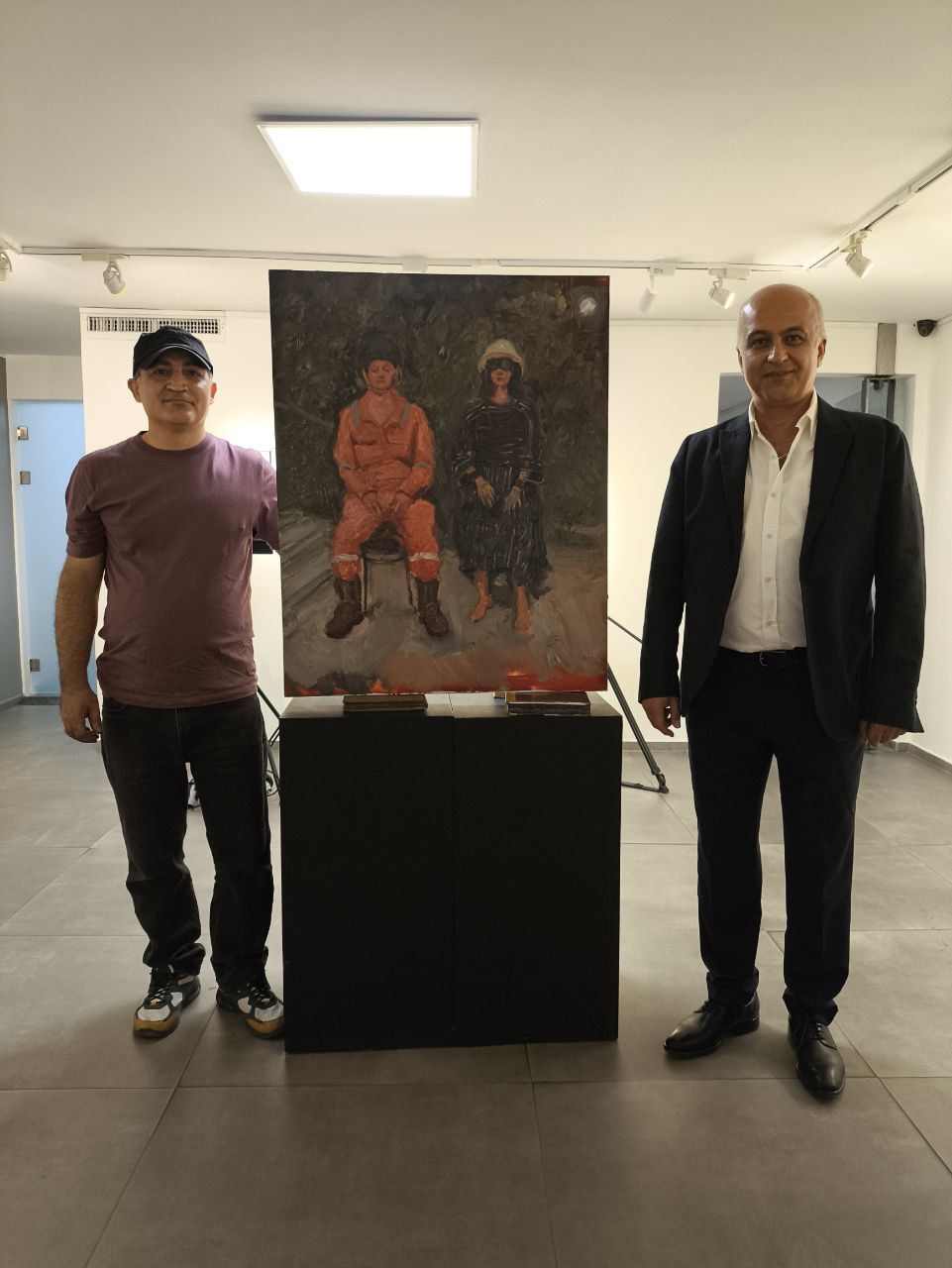Watch: Azim Morakabatchi; Painting in Real Time with Vesta Color
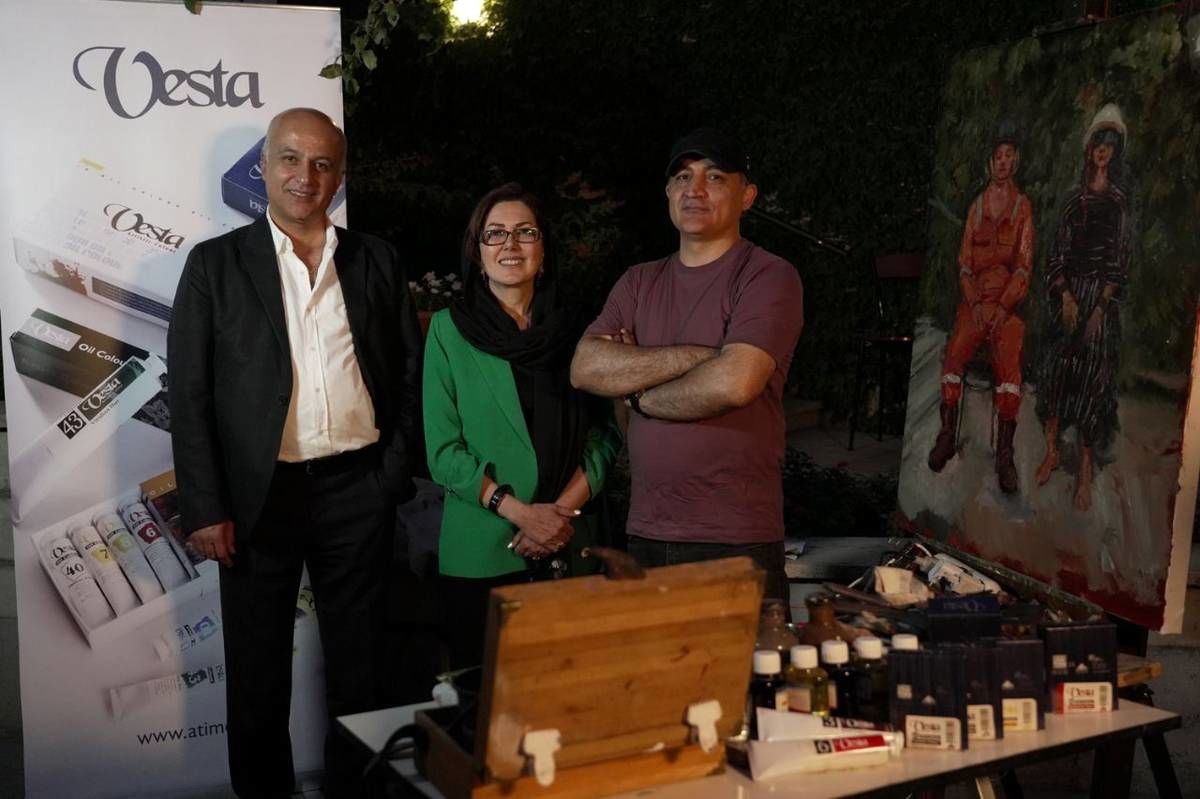
Both artists and fans responded favorably to the intriguing live performance held at Tehran's Mojdeh Art Gallery.
Iran Art: Azim Morakabatchi, whose work has recently received widespread attention, created an eye-catching piece of art in a workshop using a variety of Vesta colors and materials. Both artists and fans responded favorably to the intriguing live performance held at Tehran's Mojdeh Art Gallery.
This video shows the process of creating a realistic painting with Vesta Color.
- Please give a brief overview of your artistic background.
Azim Morakabatchi: I was born in Ardabil in 1977 and graduated from the University of Science and Culture with a bachelor's degree in painting. I am an Association of Iranian Painters full member. In addition to having six solo exhibitions, my artwork has been included in more than 36 group shows.
- Discuss the art series that you have created throughout the years.
Azim Morakabatchi : I introduce three phases.
Ataraxia Series:
The three separate works that make up this series are based on the allegory of Pyrrho, the earliest Greek skeptic philosopher. He compared the world to a sinking ship and remarked: Picture a pig in this ship, content and carefree, licking its young in a corner while completely unaware that the ship is sinking. Lastly, he perceives the exterior of this pig-like existence as numbness or ataraxia.
This trilogy, in terms of color experience and a method with a geometric motif, metaphorically represents humanity's fundamental challenges and worries. Each of these three works' titles are derived from the resemblance of the work's text and the overall vibe that pervades it.
Autopsia Series:
This series comprises of nine paintings in medium and big sizes. According to the project statement, dissection is more than just slicing the dead, as anatomical artists such as John Bell and Andreas Vesalius have done throughout medical history. Here, the living ones are dissected without any scratches, the metamorphosis of those who have displayed their bodies and souls to onlookers. Living humans, free of fear and guilt and without opening their mouths, are chopped into slices under the watchful gaze of spectators.
Hypoxia Series:
The unstable border between dream and reality, madness and rationality, serves as the foundation for the creation of these works. The clearly ambiguous barrier in between can be presented in any format and manifested in various ways. This seemingly accessible area inspired me to stop thinking of reality and dreams as distinct, and to embody the two in a unique way that corresponded to a better comprehension of this realm. The hypoxia that I had in mind from the start was the result of a communal lunacy, a kind of madness that swiftly spread and became a source of infection and disgust.
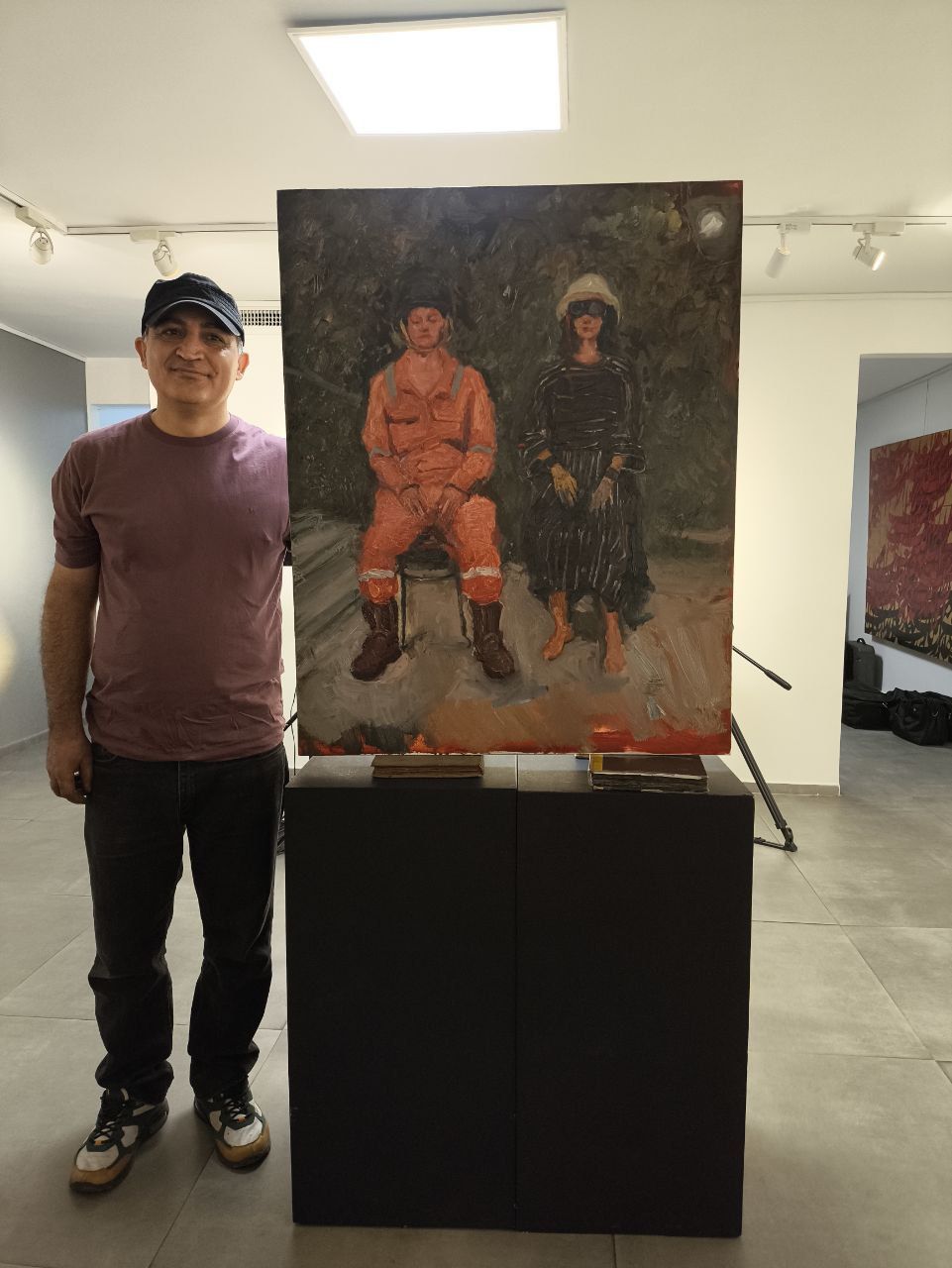
- Which series are you currently working on?
Azim Morakabatchi : Right now, I'm working on both a parallel series and a single-work project.
- What is your top priority for the future?
Azim Morakabatchi : Maintaining and enhancing my current course.
- Describe the painting you developed in the Mojdeh Art Gallery workshop.
Azim Morakabatchi : The event was divided into two parts. Part one involved designing the space as well as the subjects and drafts that would be utilized in the final piece and the second part was the final work, which was also completed in two stages. Actually, the event's goal was to introduce the audience to the steps and procedures involved in producing a piece of art as well as the difficulties that may arise.
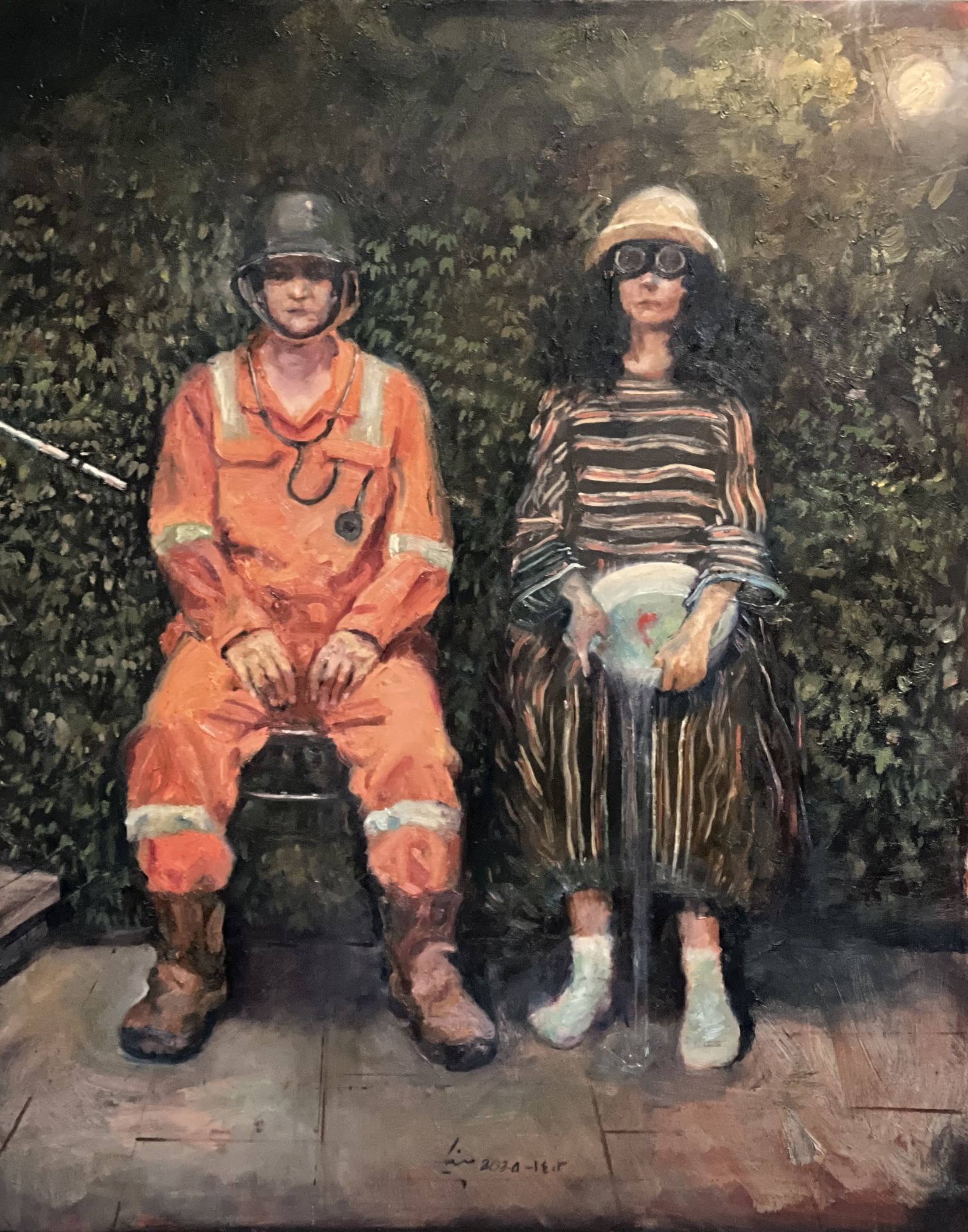
How long have you been familiar with Vesta Color products?
Azim Morakabatchi : Vesta Color has been a part of my life for nearly 20 years. I used it in college, and now that I'm a mentor, I recommend it to my students.
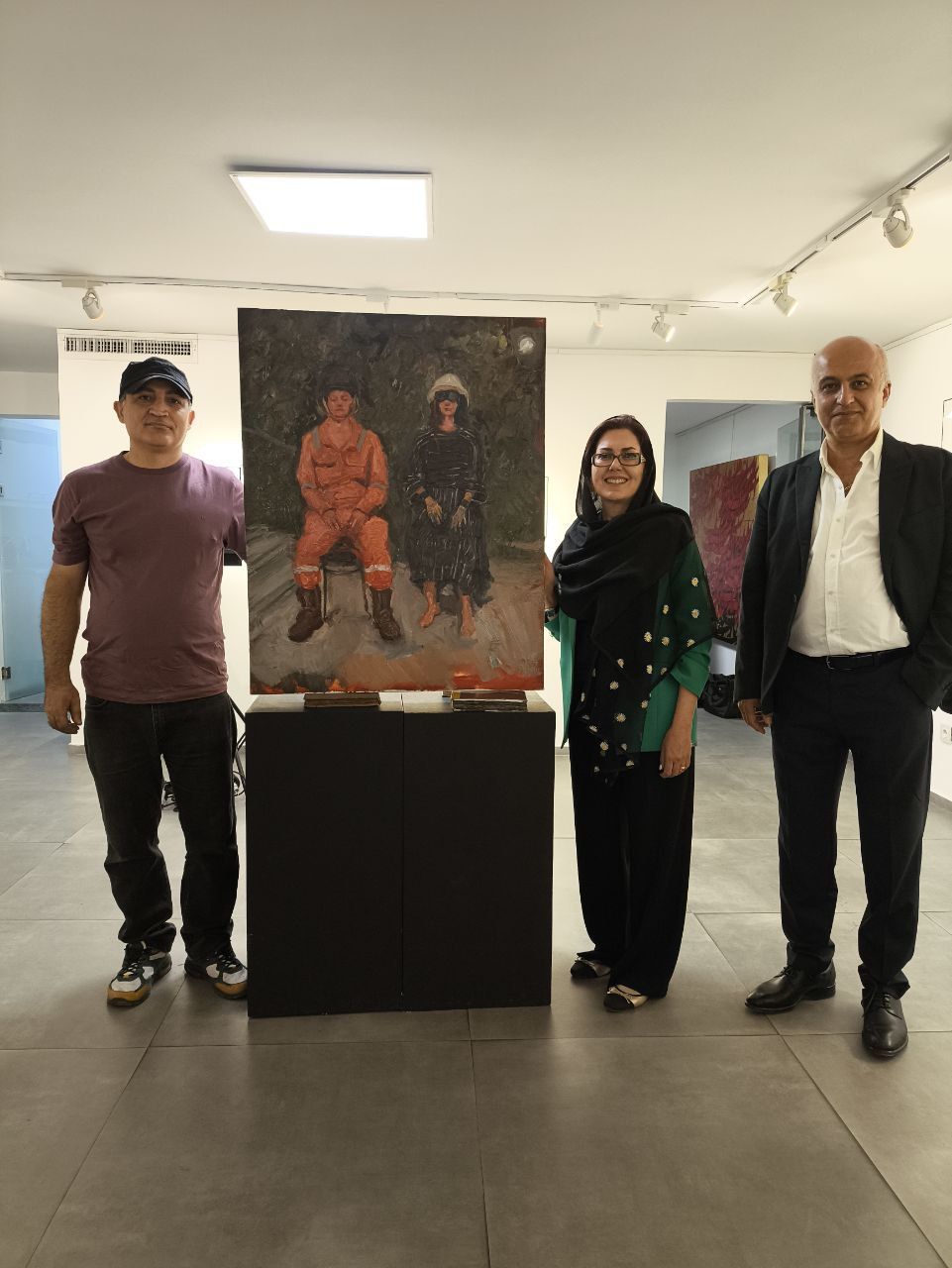
- If you could only recommend one Vesta Color product to other artists, which one would it be?
Azim Morakabatchi : I believe the mediums are more realistic. I recommend two Vesta Color products: Dryer and Refined Linseed Oil, which I have used for several years.
